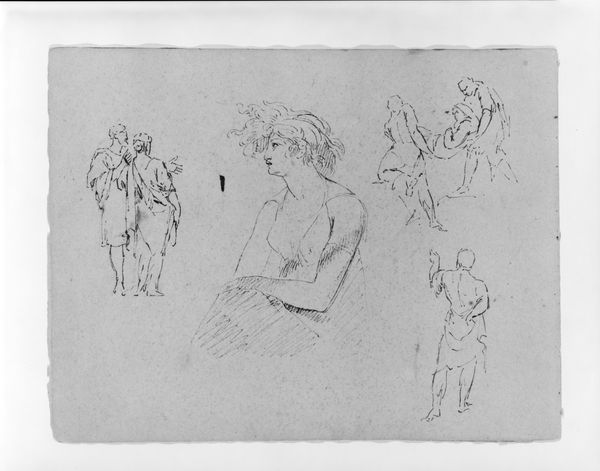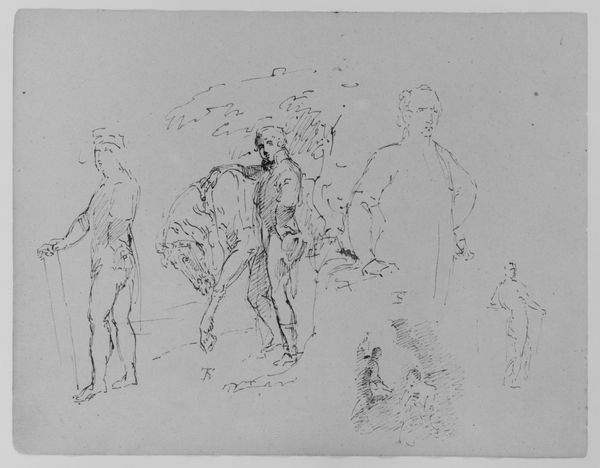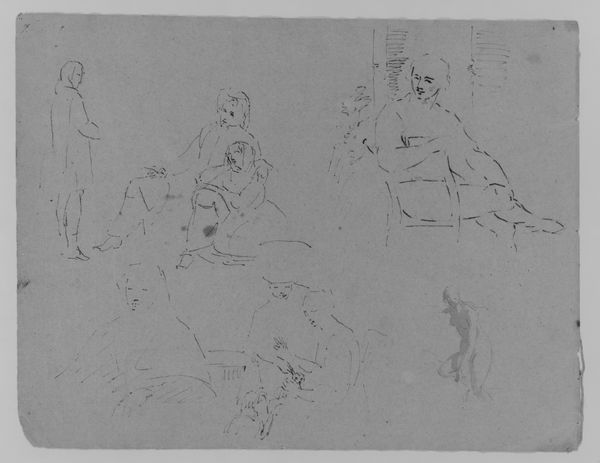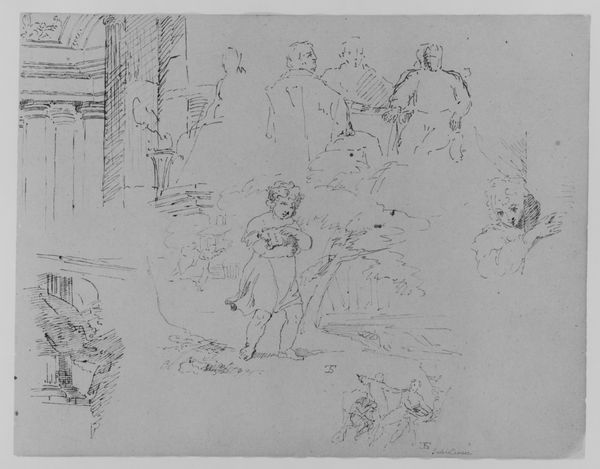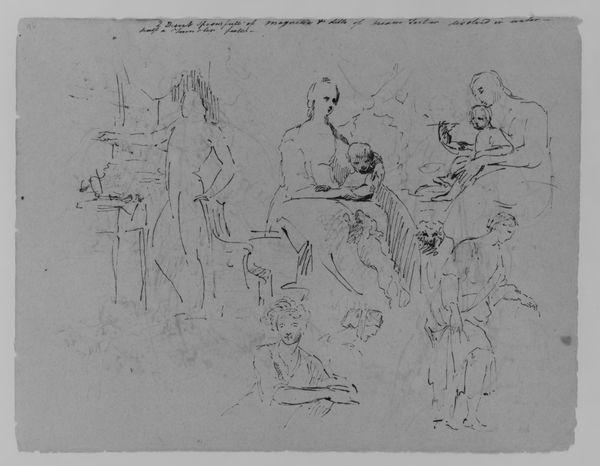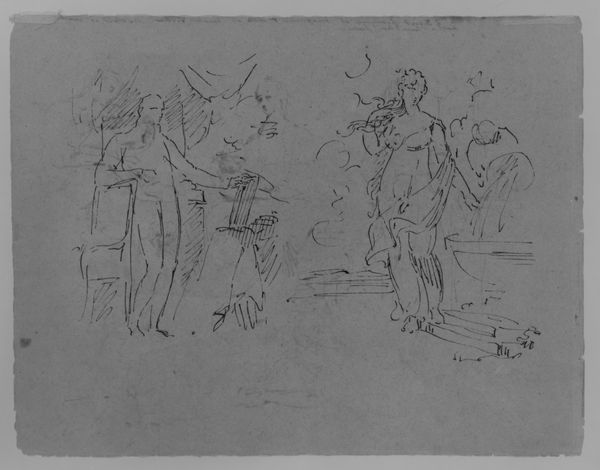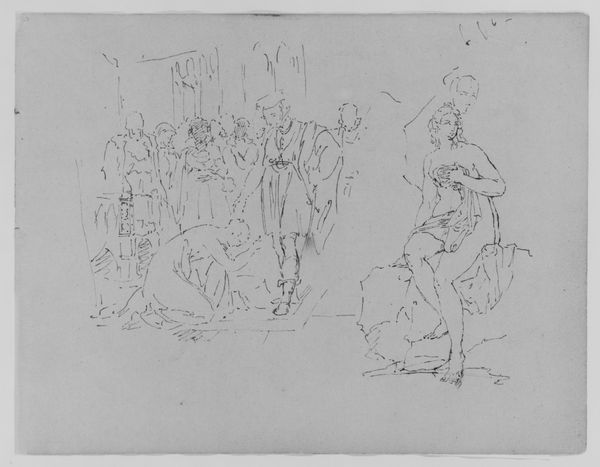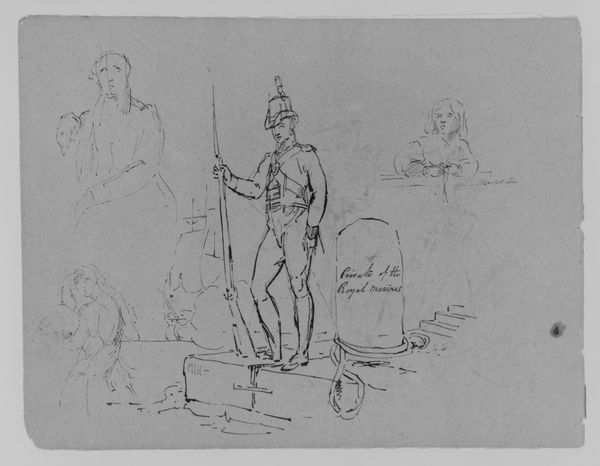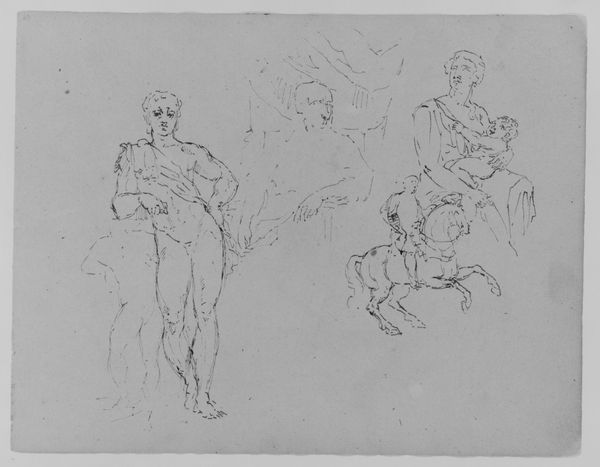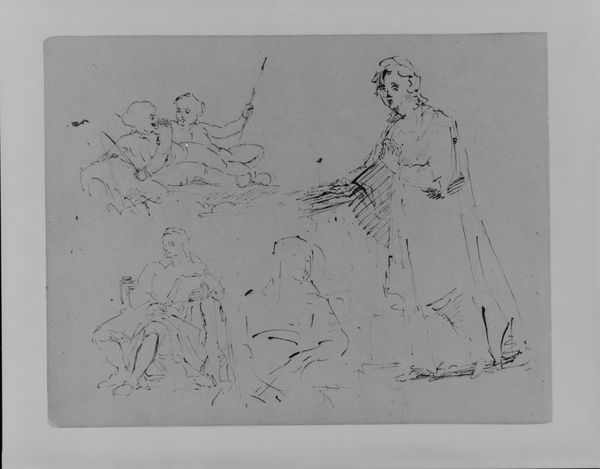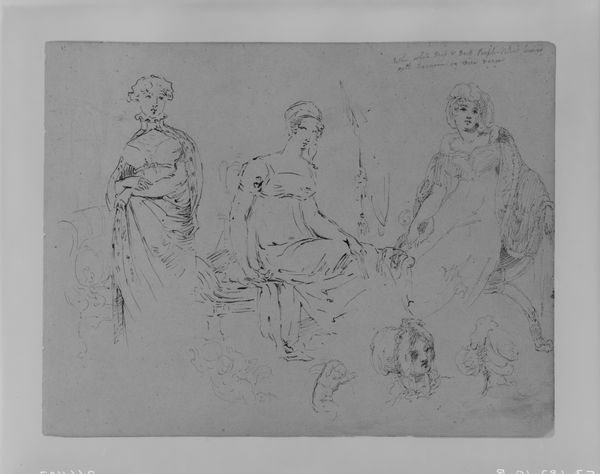![Madonna With Christ and John Baptist [?]; Three Cherubs; Standing Classical Female Figure, Holding Bowl (from Sketchbook) by Thomas Sully](/_next/image?url=https%3A%2F%2Fd2w8kbdekdi1gv.cloudfront.net%2FeyJidWNrZXQiOiAiYXJ0ZXJhLWltYWdlcy1idWNrZXQiLCAia2V5IjogImFydHdvcmtzL2Q2OGE2M2IzLThlN2EtNGI4Yi05YWM3LTI2OTdjZGJmOGZhMi9kNjhhNjNiMy04ZTdhLTRiOGItOWFjNy0yNjk3Y2RiZjhmYTJfZnVsbC5qcGciLCAiZWRpdHMiOiB7InJlc2l6ZSI6IHsid2lkdGgiOiAxOTIwLCAiaGVpZ2h0IjogMTkyMCwgImZpdCI6ICJpbnNpZGUifX19&w=3840&q=75)
Madonna With Christ and John Baptist [?]; Three Cherubs; Standing Classical Female Figure, Holding Bowl (from Sketchbook) 1810 - 1820
0:00
0:00
#
comic strip sketch
#
madonna
#
personal sketchbook
#
idea generation sketch
#
child
#
sketchwork
#
ink drawing experimentation
#
pen-ink sketch
#
men
#
sketchbook drawing
#
storyboard and sketchbook work
#
sketchbook art
#
initial sketch
#
christ
Dimensions: 9 x 11 1/2 in. (22.9 x 29.2 cm)
Copyright: Public Domain
Editor: This is Thomas Sully’s “Madonna With Christ and John Baptist [?]; Three Cherubs; Standing Classical Female Figure, Holding Bowl (from Sketchbook)”, made sometime between 1810 and 1820. It's an ink sketch. It feels so... exploratory, almost like peeking into the artist's mind as he's working out different ideas. What strikes you when you look at this sketch? Curator: What immediately resonates are the layered symbols. Sully brings together the sacred, the cherubic, with a classical figure – likely Hebe, the Greek goddess of youth, offering ambrosia in her bowl. How do these seemingly disparate elements speak to each other? Do you see a connection? Editor: I hadn't considered the figure might be Hebe. It feels like Sully is juxtaposing Christian and classical iconography...almost merging them. Is he saying something specific through this combination? Curator: Perhaps. Think about what these symbols meant in the early 19th century. The Madonna, representing divine motherhood; cherubs embodying innocence; and Hebe, eternal youth and vitality. Sully might be exploring themes of family, faith, and the enduring power of classical ideals within a rapidly changing world. Do you find the style of sketching impacting the emotional reading of this artwork? Editor: Definitely. The sketchiness gives it a sense of immediacy and intimacy, like he's searching for something. If it were a fully rendered painting, those symbolic connections might feel more deliberate, even heavy-handed. Curator: Exactly. The ephemeral nature of the sketch allows for a fluidity of interpretation. The lines feel less definitive, leaving room for us to complete the narrative. It asks us to consider how these images carried weight through cultural memory. Editor: I see what you mean. It makes me wonder about Sully's own beliefs and how he was wrestling with tradition and innovation in his art. This makes me consider the power an artist has to transform the familiar into something totally new. Curator: Indeed! By juxtaposing these familiar images, Sully allows for a re-evaluation of cultural heritage. I am looking at how the sketches and images can work together.
Comments
No comments
Be the first to comment and join the conversation on the ultimate creative platform.


